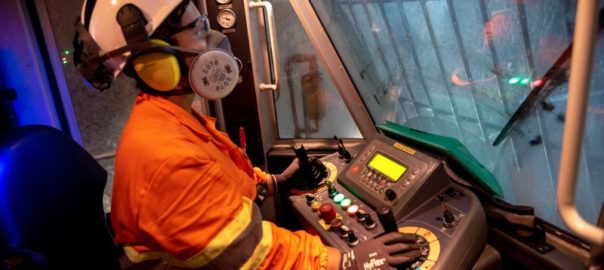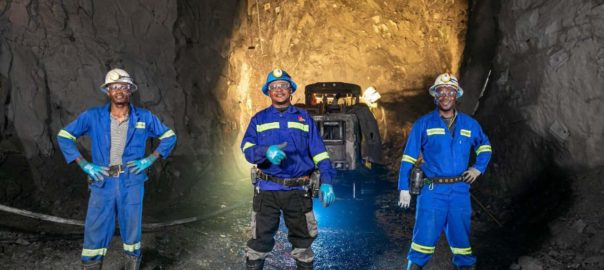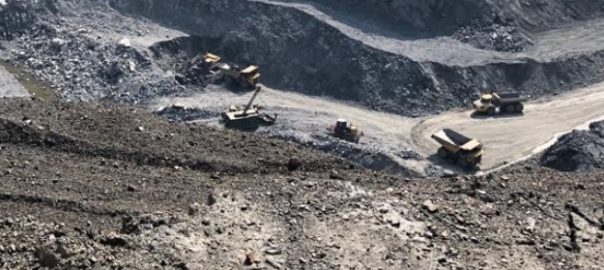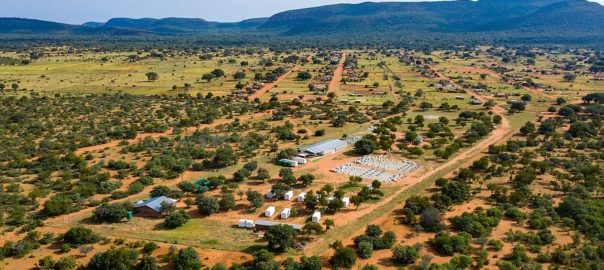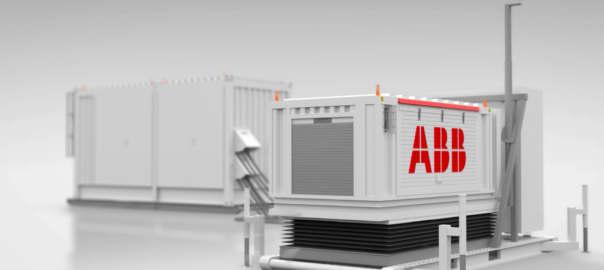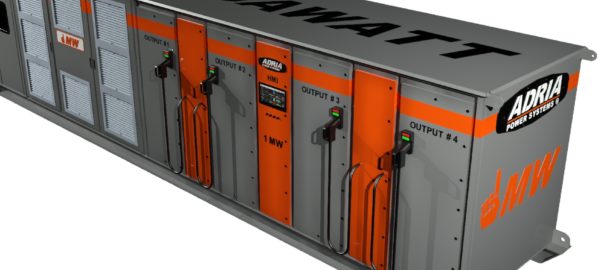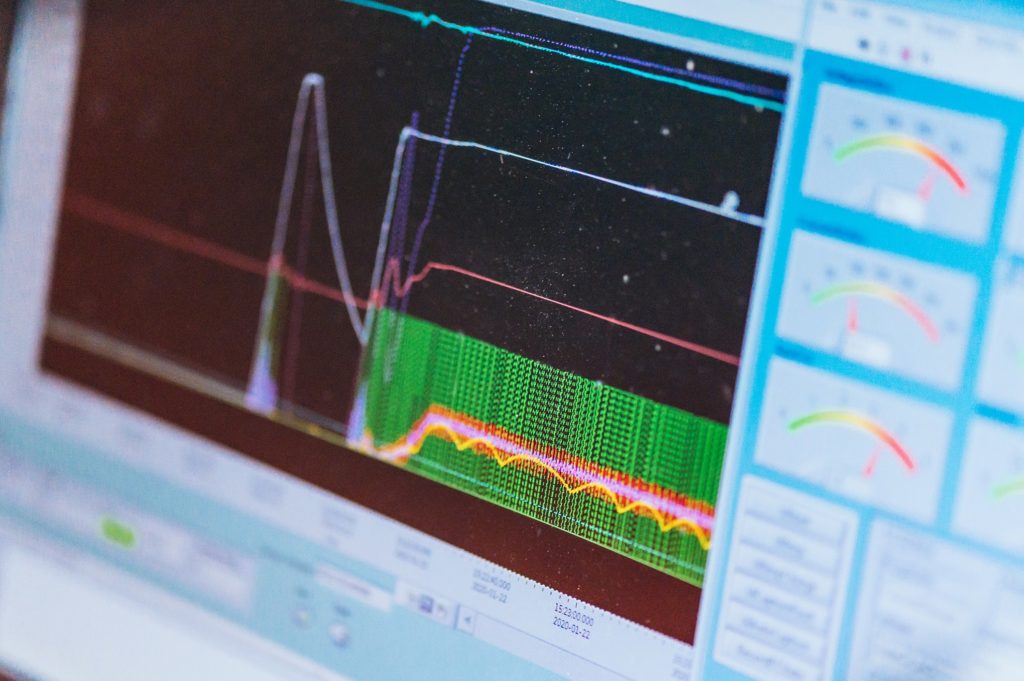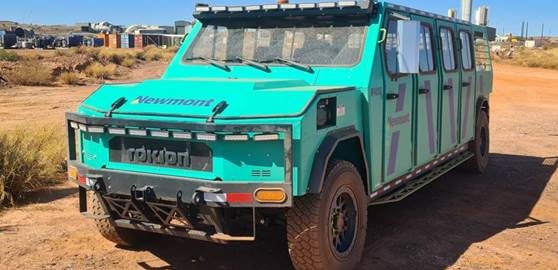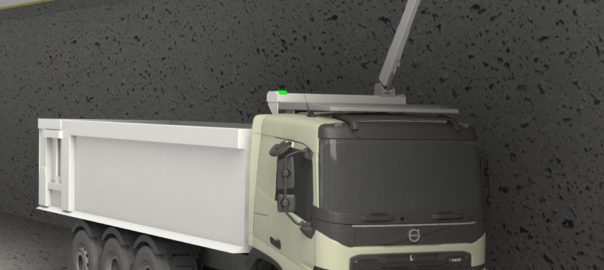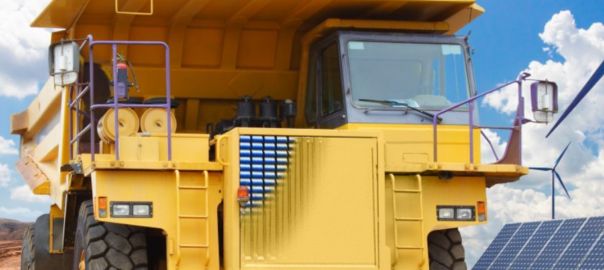Yamana Gold Inc has announced the outcome of its foundational work on its Climate Action Strategy, raising its climate action ambition by adopting a 1.5ºC target compared to pre-industrial levels and laying the groundwork for the incorporation of more renewable energy sources and battery-electric vehicles at its mines.
The foundational work began in early 2021 and Yamana previously indicated it would complete its work and establish science-based greenhouse gas (GHG) abatement targets by the end of the year. This has seen the company determine base year emissions, emissions forecasts, GHG abatement pathways for Scope 1 and 2 emissions, and physical and transition risks aligned with the Task Force on Climate-related Financial Disclosures (TCFD).
After conducting top-down and bottom-up GHG reduction opportunity assessments at each operation, Yamana has raised its ambition from a 2ºC-aligned target in early 2021 to a 1.5ºC target.
Work has been performed in conformance with evolving international best practice, including the GHG Protocol, Science-based Targets Initiative (SBTi) guidelines, and the Mining Association of Canada’s Towards Sustainable Mining Climate Change Protocol.
Based on the company’s analysis of a 1.5ºC temperature scenario, an annual emissions reduction of approximately 4.2% will be required until 2030. Yamana has concluded it will be able to meet these reduction targets by its 2030 target through a focus on efficient, high-grade underground mines and operating in jurisdictions that have a large proportion of available renewable, green electricity.
A newly signed power purchase agreement at its Minera Florida operation (Chile), scheduled to become effective in 2022, will provide 100% renewable electricity over the next five years. When coupled with similar agreements at Jacobina (Brazil, pictured) and El Peñon (Chile), approximately 85% of the company’s gold-equivalent ounces will be produced with renewable energy by the end of next year.
As part of its previously announced growth plans at Wasamac (Canada), Odyssey (Canada) and Jacobina (Brazil), Yamana is evaluating opportunities to further reduce its GHG emissions by investing in battery-electric vehicles, automation and other emerging technologies. Meanwhile, the company’s near-term growth in both Quebec and Brazil will leverage electrical grids that have a high proportion of green, renewable energy. Hydroelectric and other forms of non-fossil fuel energy constituted more than 99.9% of the Quebec grid energy in 2020, it said.
In 2022, the company will continue to refine its analysis and transition to a more operations-focused approach as it continues work to identify and assess additional opportunities to reduce GHG emissions. The company will also begin to define its Scope 3 GHG emissions, including those from its 50% owned Canadian Malartic Mine.







